Parameter interpretation of Omron relay
Published:2023-02-10 15:55:43
Rated working voltage (current) :
Also known as coil voltage, it refers to the voltage or current that the relay can work reliably. When the relay is working, the input voltage or current of the relay coil should be equal to this value. In order to adapt to the requirements of different circuits, a certain type of relay has a variety of rated operating voltages or operating currents, such as DC24V, AC110V, etc.
Contact switching voltage and current:
The voltage and current that the relay is allowed to load. It determines the size of the voltage and current that the relay can control. It can not exceed this value when used, otherwise it is easy to damage the contact of the relay.
Contact load:
Refers to the current allowed through the contact of the relay and the voltage added, that is, the maximum load voltage that the contact can withstand. In use, in order to ensure that the contact is not damaged, can not use the small contact load relay to control the heavy load circuit.
Contact resistance:
In the closed state, there is a contact resistance between the coupling contacts, if the contact resistance is too large, it may lead to the controlled circuit voltage drop is too large or blocked; In the disconnected state, there is a certain insulation resistance between the contacts, if the insulation resistance is insufficient may lead to breakdown and discharge, resulting in the controlled circuit on; During the closing process, the contact bounces, which may damage the reliable closing of the contact. In the disconnection process may produce arc damage contact reliable disconnection.
Suction voltage (current) :
The minimum voltage at which a relay can produce a pull-in action is called the pull-in voltage. The minimum current value of the relay that can produce the pull action is called the pull current. In order to make the relay reliable, the actual voltage value must be added to the coil slightly greater than the rated voltage (current), but not too high, generally 1.5 times the rated value, otherwise it will burn the coil.
Suction time:
Refers to the time interval required by the contact from the release state to the draw state after energizing the relay coil.
Release voltage (current) :
The maximum voltage required to make the relay from the suction state to the release state is called the release voltage. The maximum current value required to make the relay from the draw state to the release state is called release current. In order to ensure reliable release of the relay as required, the voltage on its coil must be less than the release voltage (current) when the relay is released.
Release time:
Refers to the time interval required by the contact from the suction state to the release state after the relay coil is powered off.
Dielectric voltage resistance:
The value of voltage resistance between materials is selected in the process of making the relay.
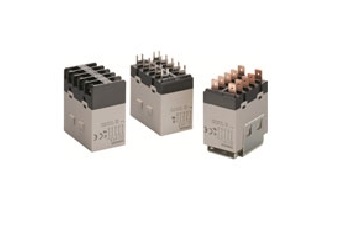
-
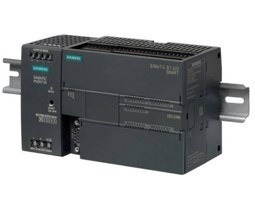 202305-26
202305-26Siemens s7-200 SMART Interrupt instruction
S7-200 SMART series programmable controller ** has 38 interrupt sources (9 reserved), which are divided into three categories: communication interrupt, input/output (I/O) interrupt and timebase interr···
-
 202301-10
202301-10Failure analysis of Mitsubishi Frequency Converter OC1 and OC3
Many times when Mitsubishi frequency converter presents OC (overcurrent problem), it is caused by the following reasons. Take A500 series frequency converter as an example:1) Caused by improper parame···
-
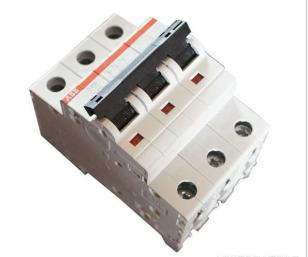 202212-30
202212-30ABB breaker failure and treatment
Judgment and handling of "reject" failureThe occurrence of "rejection" situation, basically in the closing operation and reclosing process. This kind of failure is very harmful. Fo···
-
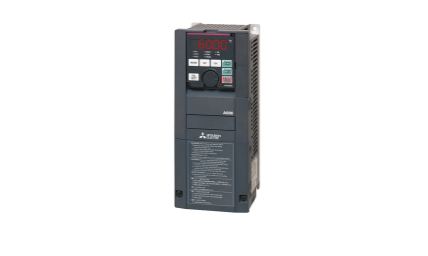 202301-10
202301-10The correct maintenance method of Mitsubishi Frequency converter
In addition to the regular maintenance of the frequency converter module, we should regularly check the Mitsubishi frequency converter module, especially the maintenance of the cooling fan. Because of···
-
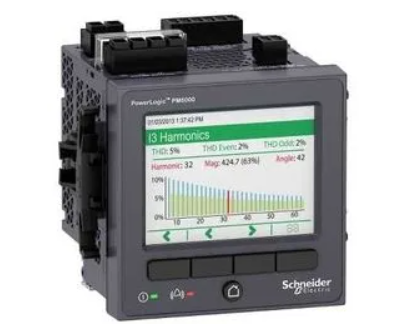 202301-29
202301-29The role of Schneider instrument in air separation process
The surface of the instrument plays an important role in the air separation equipment and the process of gas purification. It is essential for the adjustment of the air separation process and the dete···



 +8618621383628
+8618621383628 +8613811814778
+8613811814778 info@zhongpingtech.com
info@zhongpingtech.com Building 26, Liyuan Community, Chaoyang District, Beijing, China
Building 26, Liyuan Community, Chaoyang District, Beijing, China